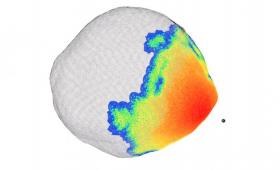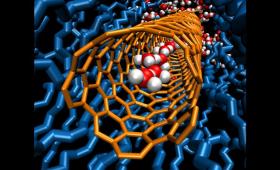An interagency team of researchers led by Lawrence Livermore has completed the first ever in-depth investigation into how an asteroid would respond to a nuclear deflection attempt.
Science and Technology Highlights

A team of Lawrence Livermore scientists has challenged the long-standing theory that the moon experienced a period of intense meteorite bombardment about 3.8 billion years ago.
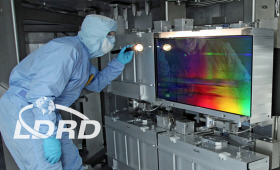
A team has designed a new generation of compressor gratings that could boost the performance of the world’s ultrafast high-power laser systems by as much as 20 percent.
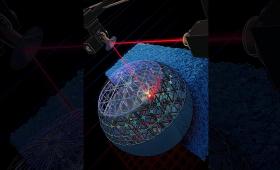
LLNL researchers have combined synchrotron X-ray diffraction with computer modeling to better understand the link between residual stresses and the mechanical properties of 3D-printed 316L stainless steel.
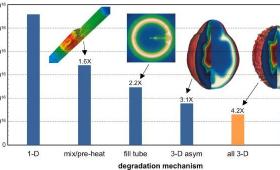
LLNL researchers described the results of effort to develop a modeling capability “reliable enough to guide NIF experiments to ignition” in a featured Physics of Plasmas.
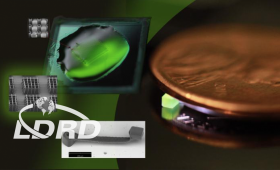
Researchers have developed a breakthrough in nanoscale 3D printing, developing a scalable method of nanofabrication up to 1,000 times faster than any previous method.

Livermore researchers have designed a new class of 3D-printed lattice structures that combine light weight and high stiffness, despite breaking a rule previously thought to be required to exhibit such properties.

By comparing observations to large ensembles of climate model simulations, scientists can now better isolate when human-caused climate change was first identifiable in observations.
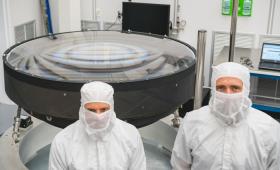
The Large Synoptic Survey Telescope will take photos using optical assemblies designed by Lawrence Livermore researchers.


